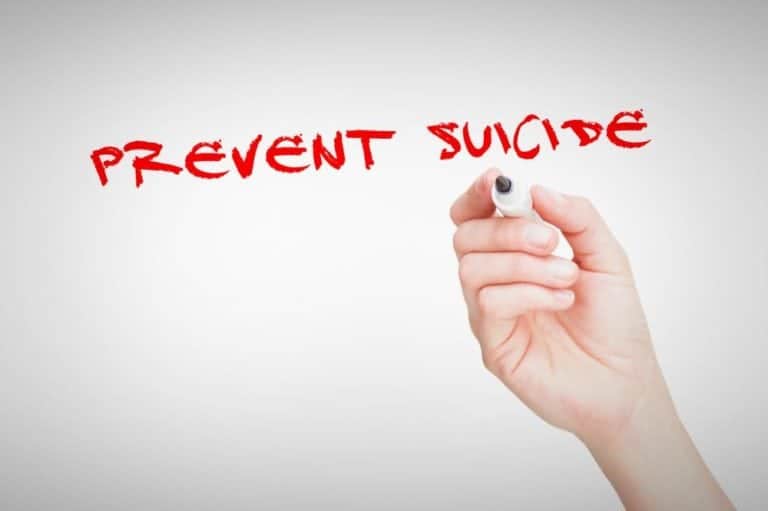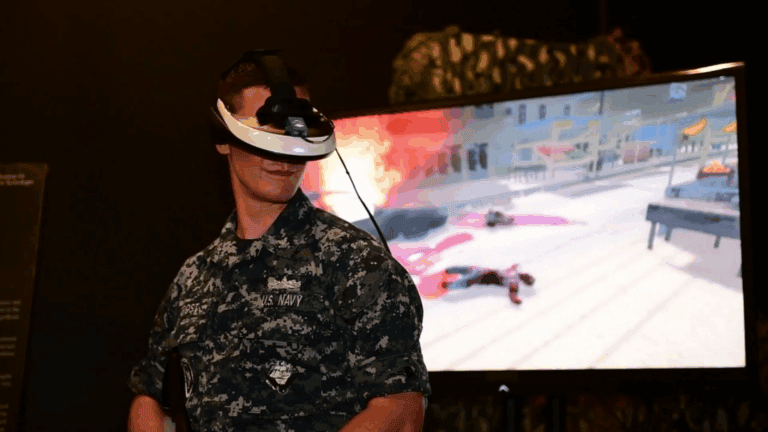Veterans and Lung Cancer Screening: Why November’s Events Matter
When it comes to lung cancer, early detection can mean the difference between life and loss — yet too many veterans still fall through the cracks. That’s why, this November, VA hospitals and clinics across the country are stepping up awareness efforts for Lung Cancer Awareness Month, with events designed to encourage veterans to get screened early and often.
One standout event: the Aleda E. Lutz VA Medical Center in Saginaw, Michigan, is hosting a Veterans Lung Cancer Awareness Screening & Education Day this month. The goal? To help veterans understand their risk factors, learn about VA’s low-dose CT (LDCT) screening program, and take the first steps toward prevention and treatment.
Why Veterans Face Higher Risk …
According to the Department of Veterans Affairs, veterans are 25% more likely to develop lung cancer than the general population. That’s due to a combination of factors — including smoking history, occupational exposure, and environmental toxins from military service.
For many, the risk extends beyond cigarettes. Veterans who served near burn pits, in dusty desert environments, or around asbestos-laden facilities may have been exposed to harmful substances that elevate their long-term risk of lung disease and cancer.
“You don’t have to be a smoker to be at risk,” said one VA oncologist. “If you’ve served, you’ve been exposed. Screening saves lives — plain and simple.”
What the VA’s Screening Program Offers …
VA’s Lung Precision Oncology Program (LPOP) and National Lung Cancer Screening Program have expanded rapidly over the past few years, making early detection more accessible than ever. Veterans who qualify for low-dose CT scans can often get screened right through their VA primary care provider — with follow-up appointments and treatment coordinated within the same network.
Here’s what veterans should know:
- Who qualifies: Generally, veterans aged 50–80 who currently smoke or quit within the last 15 years, and have a 20+ pack-year history.
- Where to start: Ask your VA primary care team about LDCT screening eligibility or self-refer through your My HealtheVet portal.
- Why it matters: Early detection can reduce lung cancer deaths by up to 20%, according to the National Institutes of Health.
The VA’s Lung Cancer Screening Tracker has already helped identify thousands of early-stage cancers in veterans — cases that might have gone undetected until it was too late.
What’s Happening This Month …
Across the VA system, hospitals and clinics are organizing events like:
- Walk-in screening days offering same-day eligibility checks.
- Education sessions about burn pit exposure and respiratory health.
- Community resource fairs connecting veterans to mental health, nutrition, and fitness programs that support recovery.
- Outreach initiatives targeting rural veterans through telehealth and mobile health units.
These events aren’t just about awareness — they’re about empowerment. Every conversation, every screening, every early diagnosis can help rewrite the statistics.
Final Thoughts …
For a community that’s faced more than its share of invisible threats — from Agent Orange to burn pits — lung cancer is one battle where awareness truly saves lives.
This November, veterans don’t just need recognition. They need reminders, access, and encouragement to take the next step. Screening isn’t a sign of weakness — it’s a strategy for survival.
If you’ve served, talk to your doctor. Ask the hard questions. And remember: the earlier you act, the more years you have to live the freedom you fought for.






